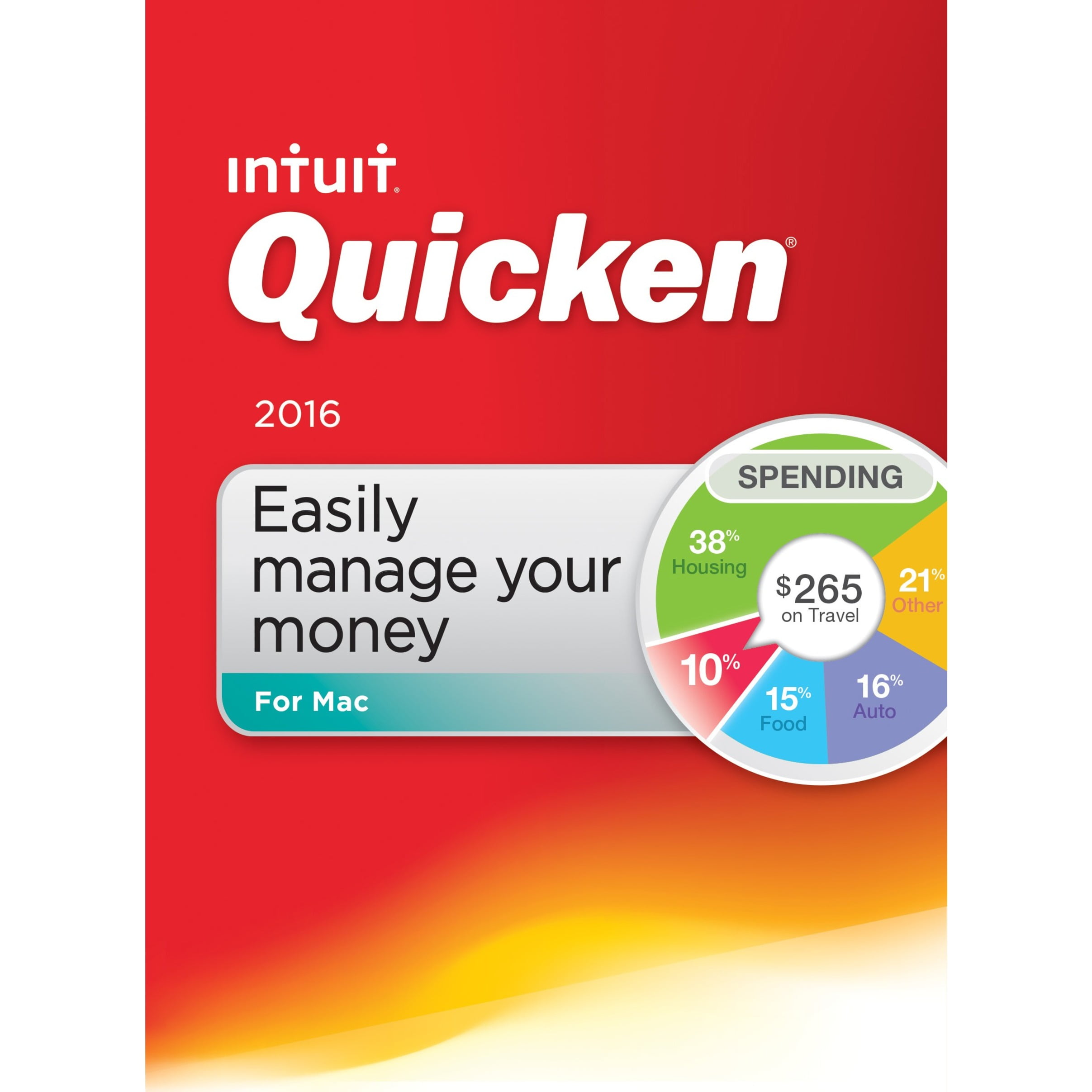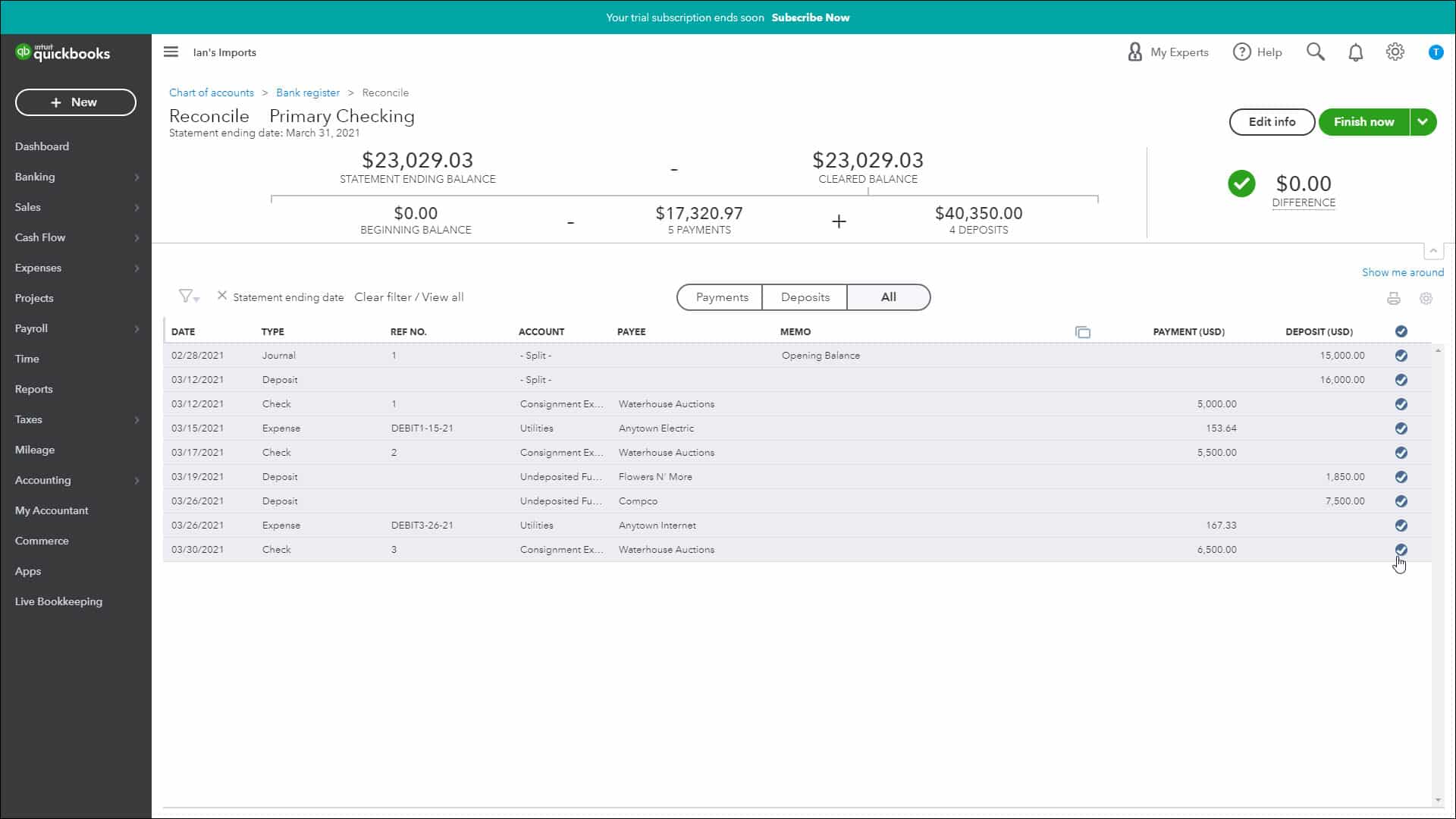

They are all grouped together as contacts and can be both a customer and vendor simultaneously. This is because there is no distinction between customers and vendors in Xero. This can be a lot of work when converting from Xero. Next, the customers and vendors have to be imported. Step #2 – Import Customers and Vendors into QuickBooks Online Resist that urge! It should be done AFTER the import of transactions. Once the import is complete, you might be inclined to do some cleanup of the QBO COA at this point. Save the changes to your Xero COA file and then import it to QBO.Īny account numbers, account names, or account types/detail types that don’t match up will be shown in red so you can make changes to import them.

It isn’t required, as QBO will let you choose them from a dropdown list during the import if you don’t, but choosing them from a dropdown for dozens or even hundreds of accounts can be very tedious. It is also helpful to add proper account detail types from QBO in the 4th column. Those are the proper headings that should appear in the first row of the import file, so make those changes. Account names can generally be left alone and will import just fine. Account Types largely match up as well, but it is helpful to sort the list by type and check the list against the possible account types in QBO and make any changes needed to match them up. Only four columns of information on accounts can be imported into QBO: Account Number, Account Name, Type, and Detail Type. So, in the Xero COA file, delete all columns after the first three. 620-01, 620-02, etc. Since subaccounts can’t currently be imported into QBO anyway, leave them that way, making it easier to make them subaccounts later in QBO. I recommend making NO changes to account numbers, to make transaction imports easier in subsequent steps. The first three columns of the file corresponding to the first three columns of the required format for importing to QBO, making it very convenient.Īccount numbers in Xero are three digits and no subaccounts are allowed, but one common way to group accounts under a heading account is to add digits after a hyphen, e.g.
Quickbooks for mac 2016 change beginning balance download#
Some will find it easier to create accounts in QBO to match those in Xero, but there is an easier way.Įxport the COA from Xero by going to Settings>Chart of Accounts and then clicking on the “Export” button which will download a CSV (comma-separated value) file which can be opened with Excel or any spreadsheet program for editing. The first step in the conversion process is to get the chart of accounts (COA) set up in QBO to match the one in Xero. Step #1 – Convert the Xero Chart of Accounts Also, it is a good idea to lock the Xero file for dates before the conversion date so that no one makes changes after you begin. These will be used to verify the conversion after completion. Before converting, save a copy of the balance sheet and income statement reports (Xero’s and most of the accounting world’s name for the profit and loss report) for all dates, using both cash and accrual methods and also the detailed Accounts Receivable and Accounts Payable reports. Unless the conversion is being done at the beginning of the fiscal year, there will undoubtedly be some transactions to convert from the Xero file to QBO. Only someone with experience in converting the kinds of transactions in a company file can advise about these issues. How much additional work and cost depends on many factors like the number and variety of transactions, number of accounts with cash transactions, tracking of inventory, payroll, and so on. However, including them also increases the cost and effort required to achieve the conversion.

It is certainly convenient to have historical transactions in the file in case a question comes up, rather than having to search an archived record, scanned documents, or worse, paper records. When converting a company file from Xero to QuickBooks Online, the first thing to decide is whether the historical transactions will be part of the new file and if so, how far back to go with them. Whether or not it is the right thing to do is a discussion for another day. The only purpose of this article is to discuss the basics of doing the conversion. I have done many of these conversions, as I have also done in the opposite direction. I will make no attempt here to discuss the possible reasons for or against doing so. There are many reasons a company or its bookkeeper or tax preparer/accountant may want to convert a set of accounting books from the Xero platform to the QuickBooks Online (QBO) platform.


 0 kommentar(er)
0 kommentar(er)
